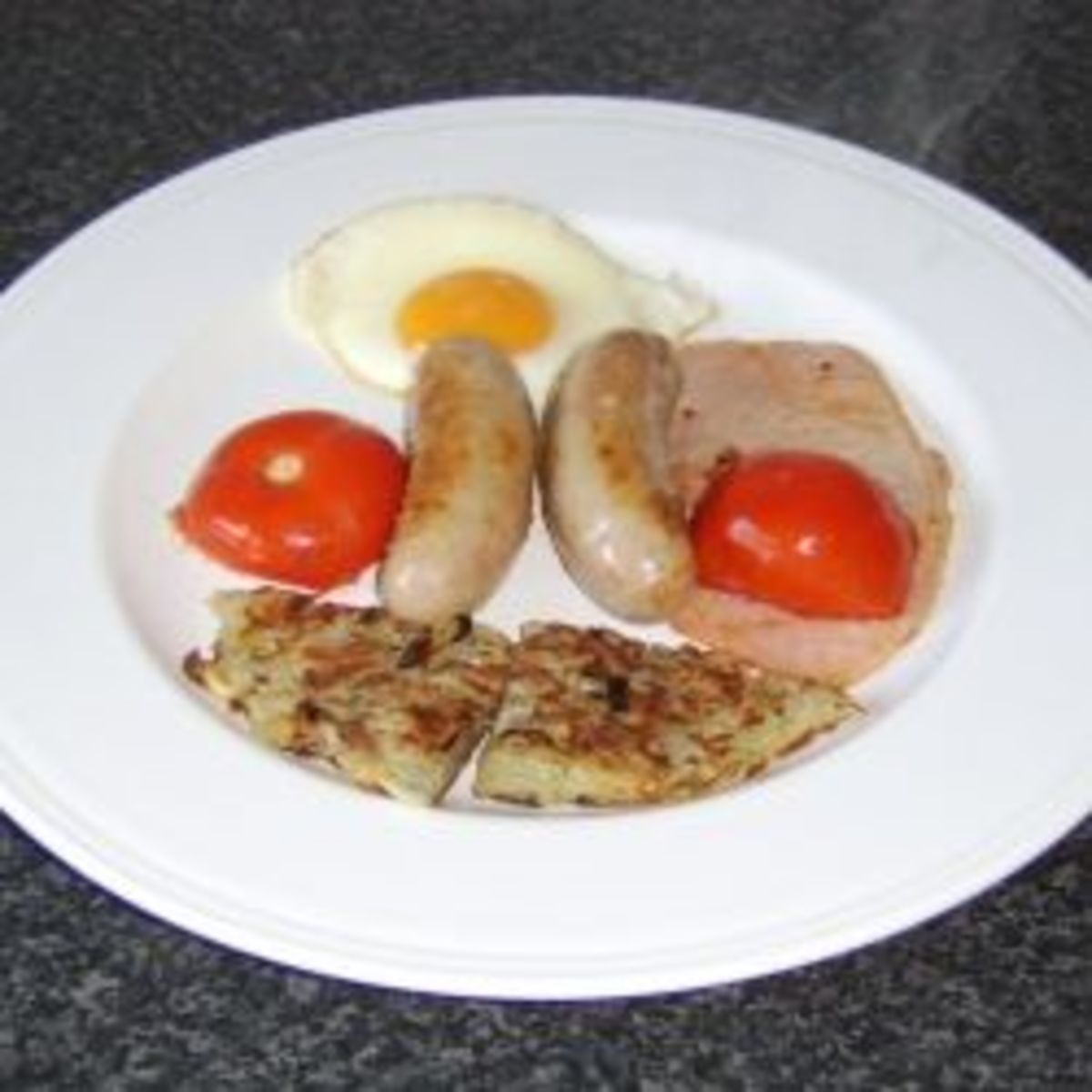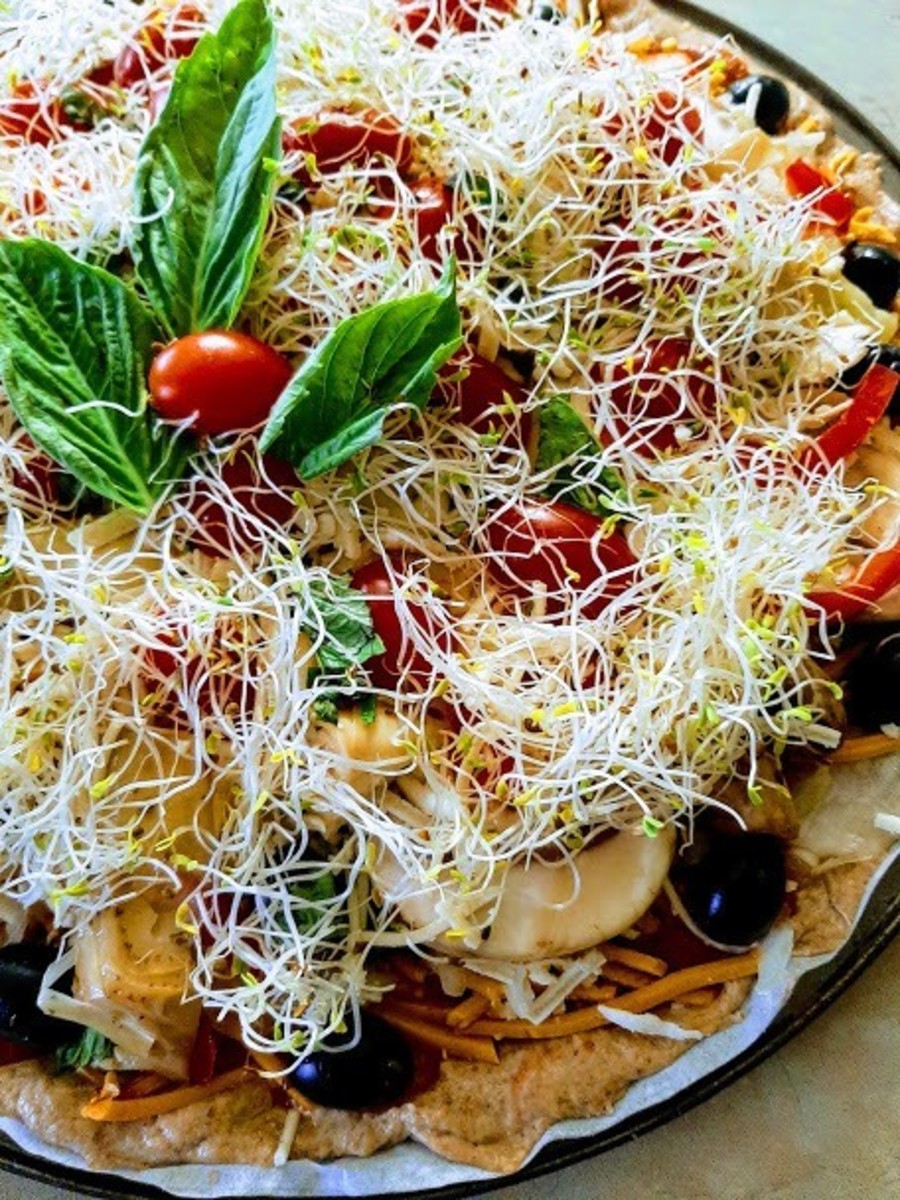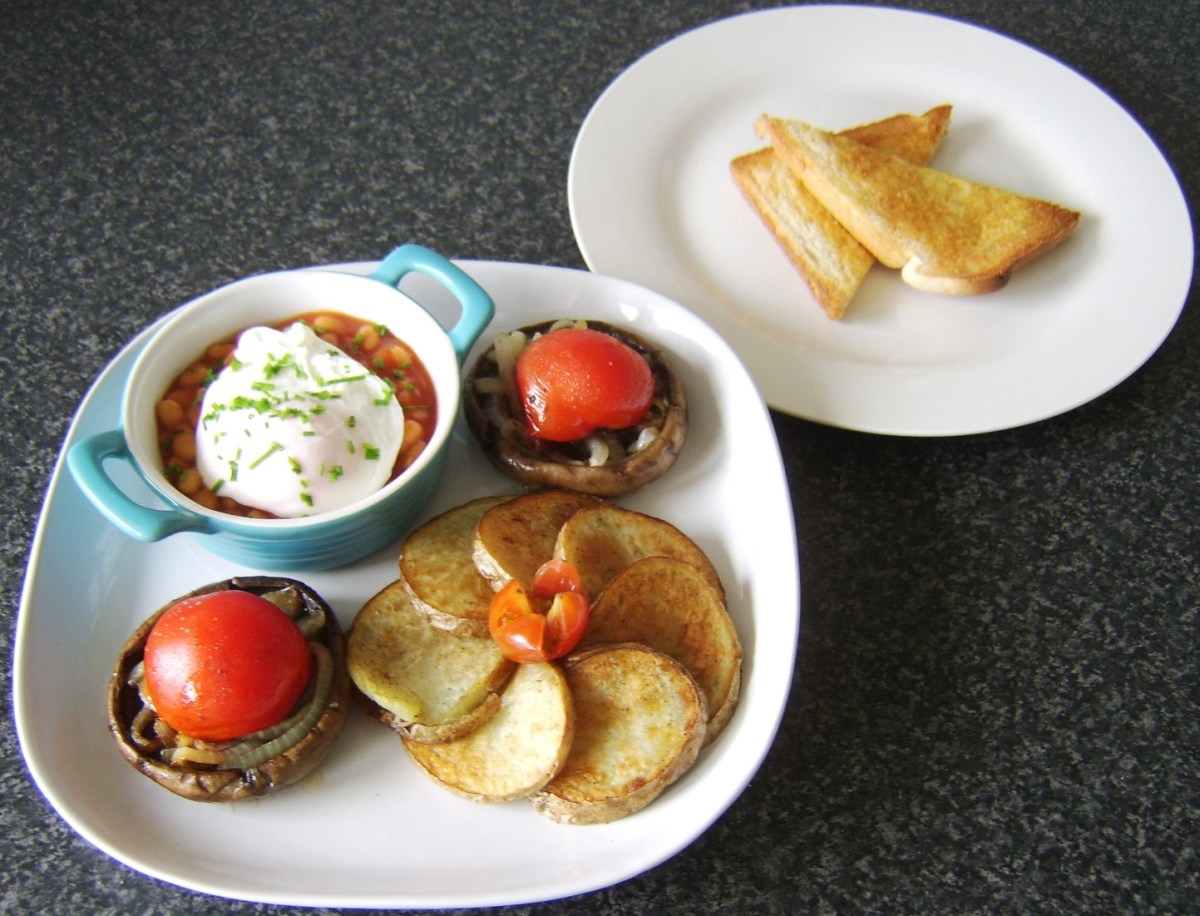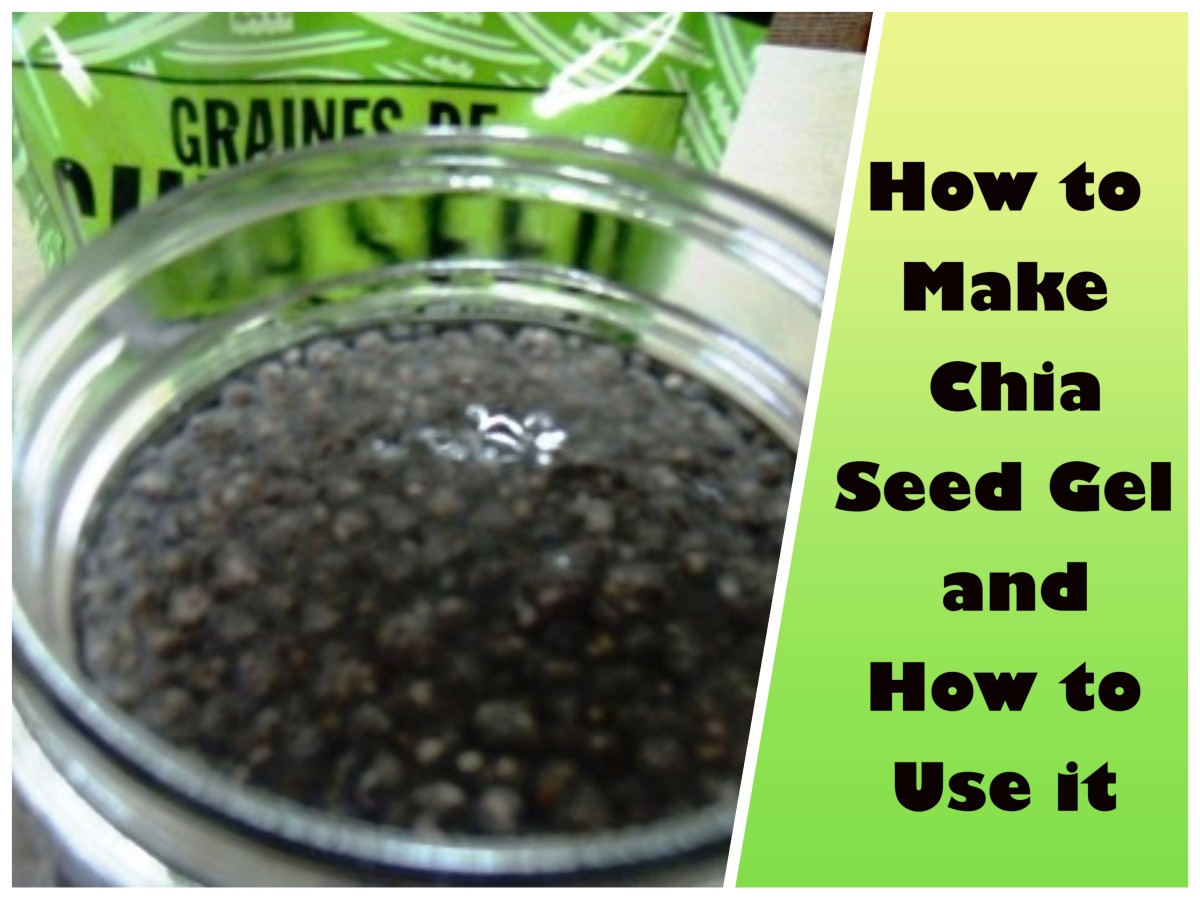How to Cook a Vegan / Vegetarian, Gluten-Free Full English Breakfast

Introduction
The Full English Breakfast is a hearty meal that dates back centuries and was designed to provide people with enough fuel to keep them full during long, strenuous workdays. While the traditional "Full English" does prominently feature meats and animal products, it is possible to make substitutions no matter where you fall on the vegan - vegetarian spectrum to create a variation of this classic breakfast that fits your dietary preferences.
The suggestions in this article will focus on vegan-friendly options, but you are welcome to adapt these ideas to your specific dietary restrictions, including lacto / ovo vegetarian and pescatarian, as well as to other diets like keto, paleo, and gluten-free.

First Course: Tea & Fruit
The first course of a full English breakfast is already vegan-friendly and usually consists of juice, fruit, preserves, and/or tea. Traditionally, orange juice or grapefruit halves with sugar are served.
You can substitute sugar for stevia or monk fruit for a low-glycemic option, and add dairy-free milk made from soy, almond, or oat to your tea if you prefer.
For the perfect cup of tea, ensure the water is boiling, and pour over a sachet or tea ball of your favorite black or green tea. Look for organic, fair-trade, and ethically-sourced teas that have been tested for heavy metals and other toxins.
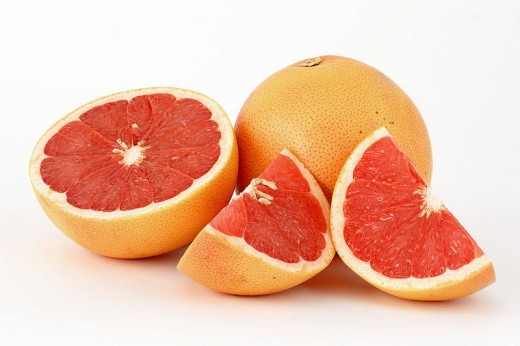
Second Course: Cereal
The second course typically consists of cold or hot cereal, such as porridge. This is also easily adapted to a vegan diet by substituting dairy-free milk in your cereal. Sprinkle sliced or chopped fruit and nuts - like berries, almonds, or walnuts - on your cereal for a boost of nutrition and protein.
For a gluten-free version, choose gluten-free oats or a gluten-free, low-sugar granola. If you have the time, steel-cut oats are a filling, high-fiber, and authentic option for this course. Instead of butter, try avocado oil or nut butter in hot cereal to add richness and flavor.
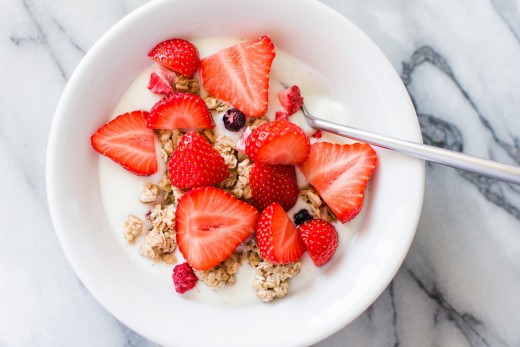
Third Course: The "Fry-Up"
The third course is often referred to as "bacon and egg" or the "fry-up" and consists of eggs (usually fried), bacon, sausage, tomatoes, mushrooms, and in some regions black pudding. Sometimes baked beans, hash browns, fried potatoes, toasted or fried bread, or pancakes are also eaten during this course.
Some traditional elements of this course, like the fried veggies, potatoes, bread, and beans, can be kept as is, though ensure that your baked beans are meat-free if you're getting them from a can, as many varieties use ham for flavor.
In fact, a dish called "bubble and squeak" is a delicious and veg-friendly alternative for this course. It's a fry-up of potatoes and your choice of veggies and can be served alone or alongside the substitutions described below.
For the eggs, bacon, and sausage, there are many home-made and store-bought substitutions available.
Eggs can be substituted with a plate of scrambled tofu or an egg-like alternative like "Just," which can be prepared scrambled or as an omelet.
The produce and frozen sections of many grocery stores also offer a variety of vegan and vegetarian sausage and bacon substitutes. For a gluten-free, less processed option, use thinly-sliced fried tempeh instead of bacon, and season with your favorite spices or vegan smoke flavor.
Finally, opt for gluten-free bread or pancakes if you're avoiding wheat and gluten or following a keto / paleo diet.

Fourth Course: Kedgeree
Usually the fourth course involves meat or seafood, with deviled kidneys or kippers (salted or pickled herring) being popular choices. For this course, substitute fried or baked tofu or tempeh.
You can also make a vegan kedgeree, using tofu, tempeh, and/or "Just" instead of fish and hard-boiled eggs. Stir-fry your protein with rice, curry powder, lemon juice, parsley, dairy-free milk or cream, and onions (or other veggies of your choice).

Fifth Course: Toast & Jam or Marmalade
If you've made it this far and still have room for more, the fifth and final course consists of toast and marmalade or jam. It helps cleanse the palate after the heavy, seasoned foods in the third and fourth courses and adds some sweetness and acidity.
Consider toasting homemade or store-bought gluten-free bread and topping with marmalade, such as orange or lemon. These acidic citrus fruits will aid digestion, help cut the richness of the fried foods from previous courses, and serve as an astringent and breath-freshener. Follow this up with another cup of tea (or two), or coffee if you prefer, to put the finishing touches on your meal.

This content is accurate and true to the best of the author’s knowledge and does not substitute for diagnosis, prognosis, treatment, prescription, and/or dietary advice from a licensed health professional. Drugs, supplements, and natural remedies may have dangerous side effects. If pregnant or nursing, consult with a qualified provider on an individual basis. Seek immediate help if you are experiencing a medical emergency.

